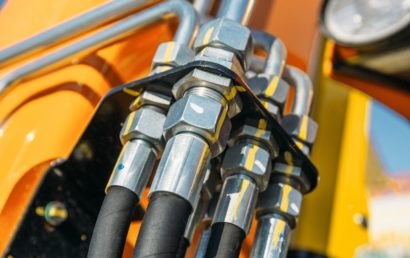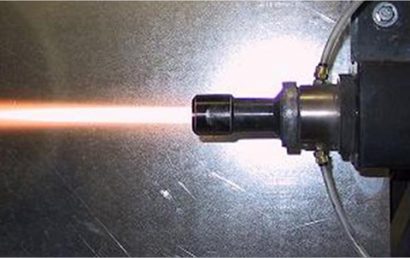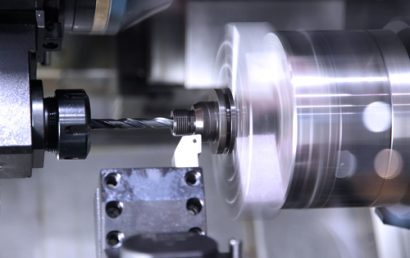What Goes Into Thermal Spray Coating Surface Preparation?
To ensure proper boning between the substrate and the thermal spray coating being used, one essential aspect is the preparation of the surface to which the spray is being applied. More often than not, operations for thermal spraying are based on applied materials in their non-molten or plastic state. Because of this, the bond between the substrate and the coating is not due to fusion. Additionally, between the substrate and the coating, there is usually no or little chemical reaction. That means that the bond cannot be classified as being chemical in nature. So, what constitutes a bonding mechanism in this process?
Interlocking (Mechanical) Bond
An interlocking or mechanical bond is what it is usually depended upon when coatings are applied via a thermal spray process. That means that the key to quality in the thermal spray process lies with adequate surface preparation. In order for coatings to be successful, the surface of the substrate needs to be pitted and rough. This provides a splat hold or a foothold for each splash of powder by which the substrate is impacted. What’s more, it is essential for the substrate surface to be free of contamination and thoroughly clean. Contamination would prevent locking of the splats by filling the pits. How is such a cleaning process accomplished?
Grit Blasting
One popular method of surface preparation is grit blasting. This involves using compressed air to pressurize abrasive media. Accelerated particles are aimed in a stream at the surface being prepared. Prior to painting, grit blasting is sometimes used to clean surfaces so the paint will adhere. But when referring to the thermal spray process, there is a different type of grit blasting being done because the process needs to remove more than just oxides. Crevices and pits need to be formed in order for the molten thermal spray particles to adhere. Because the surface is rough, the spray particles splat into the crevices and pits, ensuring adhesion.
Material for Grit Blasting
Dry abrasives are relied on for thermal spray preparation grit blasting. So that upon impact, the abrasives will cut into the substrates, the blast material should be angular and sharp. It also helps if, to ensure a strong mechanical bond, undercut pits are produced. Thermal spray operations must be changed out frequently because of this angular, sharp grit. More often, in fact, than the grit being used. Commonly, chilled iron and aluminum oxide are materials used in grit blast. After grit blasting is completed, the surface finish is typically referred to as having a ‘white metal finish’. It should feel like sandpaper with a 100 to 80 grit. The final finish can be affected by anything that effects the speed of the grit as it impacts the workpiece. As examples, certain variables could include the following:
- Angle of impingement
- Distance from the workpiece
- Air pressure
- Media hardness
- Media morphology
- Media size
What Happens To The Substrate?
During grit blast operations, the substrate is physically deformed. This is because, on the surface, residual stresses are being formed. If workers take a thin strip of test material and grit blast it, they can demonstrate this effect. These strips are referred to as almen strips. They then can see how the metal bows. When, on the strip being grit blasted, residual stress is created on one side, this is responsible for the bowing.
Note: When it comes to reducing residual stress on a surface, the opposite effect can be achieved by ‘shot-peening’.
At A&A Coatings, we always provide the ideal splat pits for whatever coating material is being used. By consistently executing proper grit blast operations, the bond between substrate and coating materials is always strong and reliable. If you’d like to find out more, contact us today.



